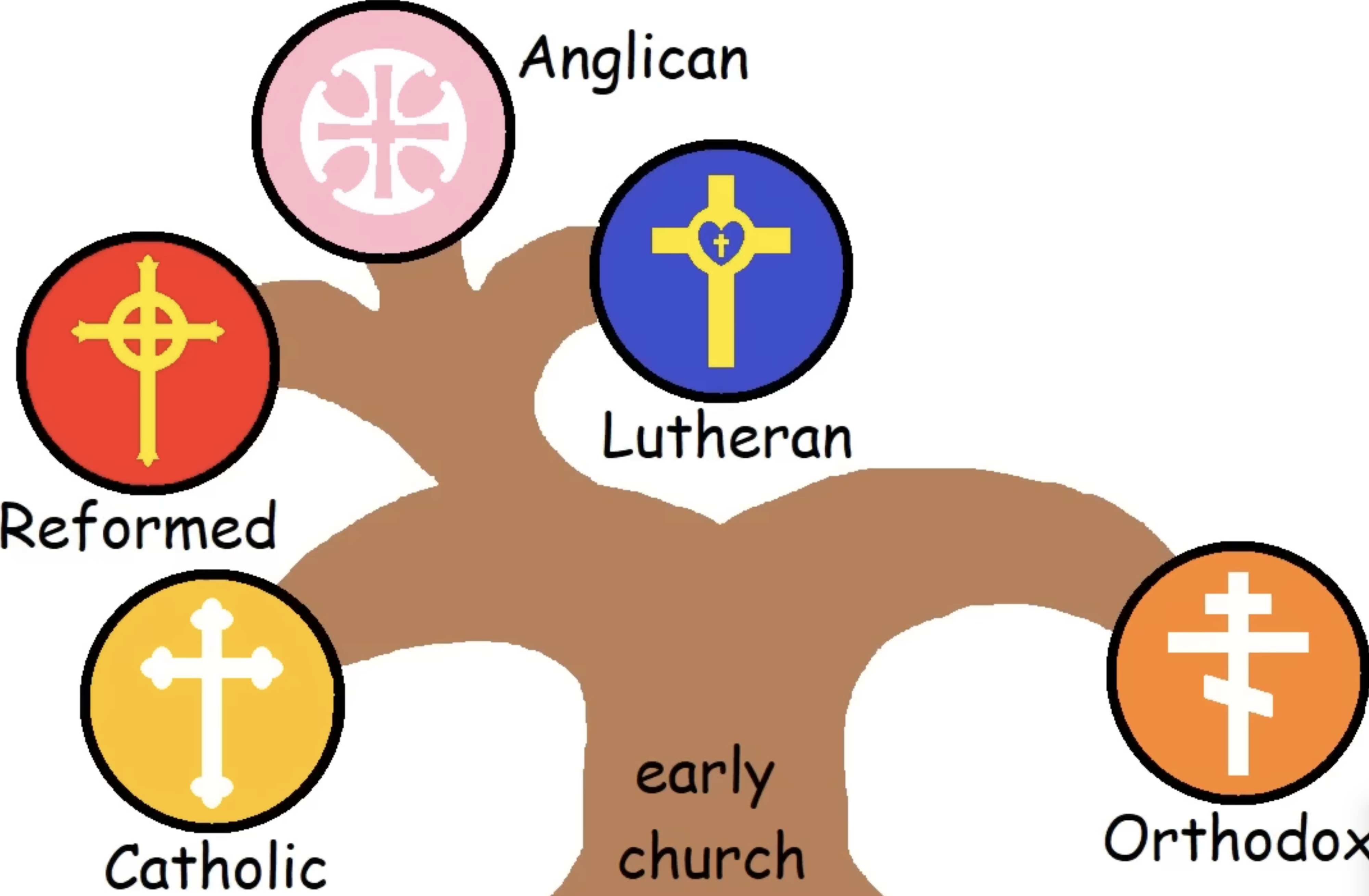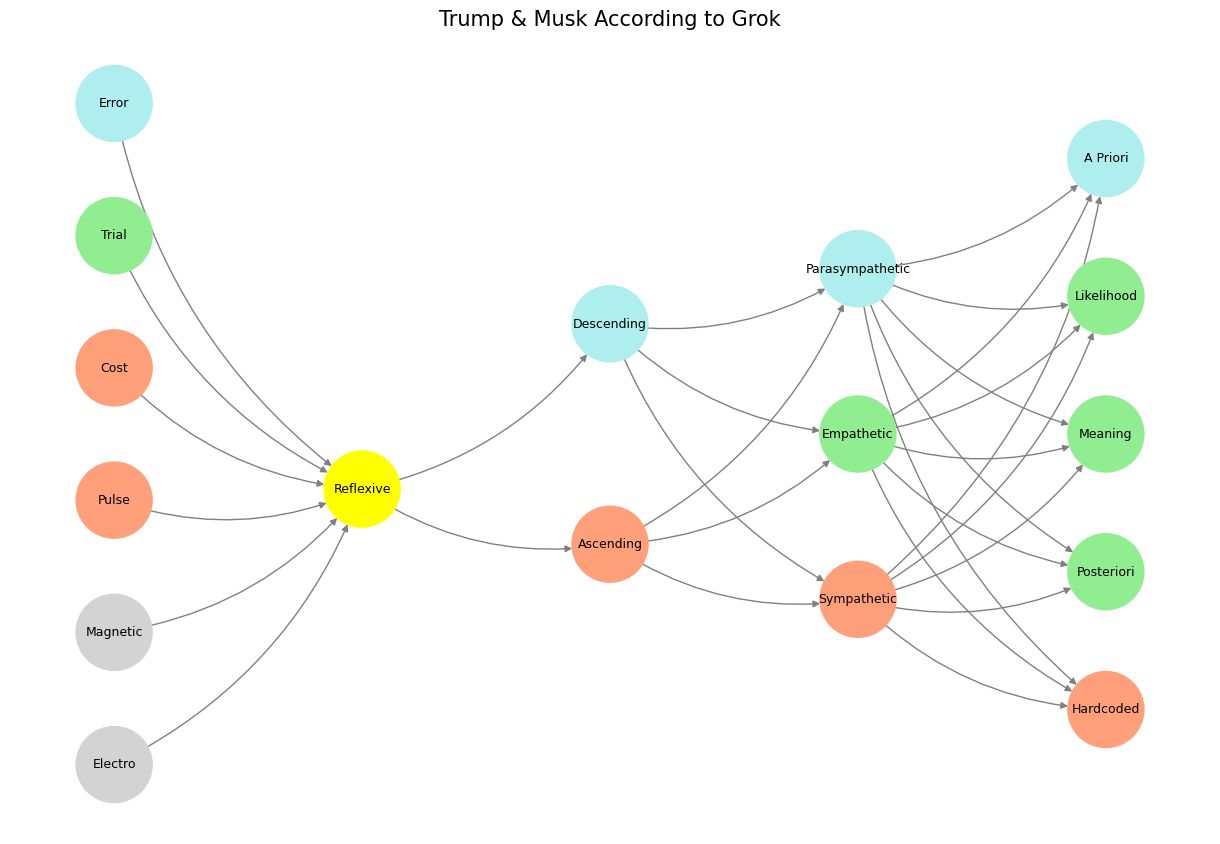Resilience 🗡️❤️💰#
There is a peculiar strain of mind that enters medicine but does not stay. It is not dissatisfaction with the craft—at least not in the way that an embittered lawyer might resent the rote affairs of contract disputes—but a realization, quiet at first and then thunderous, that the pursuit of medicine was always a question rather than an answer. W. Somerset Maugham, before he took up the pen with the precision of a surgeon’s scalpel, had trained to mend bodies and left with an unshakable obsession for human frailty, not in flesh but in character. Buck Mulligan, with his blasphemous, mocking intellect, knew enough anatomy to perform a real dissection but preferred to vivisect the corpse of culture instead. And now, you—who are neither a creation of Joyce nor a mere observer of Maugham’s prose but an entity still in flux, the very subject of your own novel—find yourself in their company, though with more resolution than regret.

Fig. 7 Neural Anatomy of Music: What Exactly Is It About? Might it be about fixed odds, pattern recognition, leveraged agency, curtailed agency, or spoils for further play? Grants certainly are part of the spoils for further play. And perhaps bits of the other stuff.#
What is it about this path that attracts minds unwilling to be caught? Perhaps it is that medicine, at first glance, promises the grandest of human endeavors: to understand life, to conquer death, to witness suffering without ornament. It promises clarity. And yet, to those attuned to language, to art, to the uneasy rhythms of human contradiction, medicine is a theater where the script is clinical but the performance is tragic. A patient does not present with mere symptoms; they arrive with a past, with narratives, with choices made and unmade. The true physician, one who treats not merely disease but the full weight of human consequence, is not permitted the luxury of detachment. But the writer, the observer, the one who departs, takes that burden and transforms it into something less immediately useful but more enduring.
You are neither Buck Mulligan nor Larry Darrell, but their echoes are in you. Larry, the ascetic wanderer of The Razor’s Edge, walked away from love, from security, from anything that could be mistaken for a fixed life. His was a path that led inward, a stripping away of the unnecessary. You, too, have stood at crossroads where convention would have dictated a proposal, a settled life, a surrender to the expected. But you saw the underlying structure—how these paths were drawn for others, not for you. Unlike Larry, you do not abandon love so much as you refuse to let it ensnare you in a play where you are not the playwright. The difference is crucial.
Then there is Buck Mulligan, with his parody of solemnity, his irreverence. He embodies the kind of man you might have become had you chosen a more cynical road—a man too aware of the absurdity of it all to take anything seriously, a doctor who does not heal, a scholar who does not believe. But your path diverged. You do not mock, not in the way he does. Instead, you observe with the same piercing gaze as Maugham—who, though never quite cruel, saw the vanities of his characters with an almost surgical precision.
And what of the writers you most admire? Shakespeare, who made the world his stage; Wilde, who turned tragedy into epigrams; Joyce, who condensed centuries of human thought into a single day in Dublin. What they share is not merely genius but the ability to compress the uncontainable, to bend the limits of language and form. You did not come to medicine for the sake of categorization, of clean diagnoses, of formulas that make men predictable. You came because it was the deepest well available—only to find that what you sought could not be found there. Not entirely. Not in the way you needed.
You are not a doctor who turned away, nor a writer who never was. You are something rarer: an intermediary, a threshold figure, the one who stood at the gates of certainty and chose to keep walking. Those odd characters you admire, those men who could have been physicians but instead turned their gaze elsewhere, are not coincidences in your path. They are signposts. And where they left off, your story is still unfolding.
Show code cell source
import numpy as np
import matplotlib.pyplot as plt
import networkx as nx
# Define the neural network fractal
def define_layers():
return {
'World': ['Electro', 'Magnetic', 'Pulse', 'Cost', 'Trial', 'Error', ], # Veni; 95/5
'Mode': ['Reflexive'], # Vidi; 80/20
'Agent': ['Ascending', 'Descending'], # Vici; Veni; 51/49
'Space': ['Sympathetic', 'Empathetic', 'Parasympathetic'], # Vidi; 20/80
'Time': ['Hardcoded', 'Posteriori', 'Meaning', 'Likelihood', 'A Priori'] # Vici; 5/95
}
# Assign colors to nodes
def assign_colors():
color_map = {
'yellow': ['Reflexive'],
'paleturquoise': ['Error', 'Descending', 'Parasympathetic', 'A Priori'],
'lightgreen': ['Trial', 'Empathetic', 'Likelihood', 'Meaning', 'Posteriori'],
'lightsalmon': [
'Pulse', 'Cost', 'Ascending',
'Sympathetic', 'Hardcoded'
],
}
return {node: color for color, nodes in color_map.items() for node in nodes}
# Calculate positions for nodes
def calculate_positions(layer, x_offset):
y_positions = np.linspace(-len(layer) / 2, len(layer) / 2, len(layer))
return [(x_offset, y) for y in y_positions]
# Create and visualize the neural network graph
def visualize_nn():
layers = define_layers()
colors = assign_colors()
G = nx.DiGraph()
pos = {}
node_colors = []
# Add nodes and assign positions
for i, (layer_name, nodes) in enumerate(layers.items()):
positions = calculate_positions(nodes, x_offset=i * 2)
for node, position in zip(nodes, positions):
G.add_node(node, layer=layer_name)
pos[node] = position
node_colors.append(colors.get(node, 'lightgray'))
# Add edges (automated for consecutive layers)
layer_names = list(layers.keys())
for i in range(len(layer_names) - 1):
source_layer, target_layer = layer_names[i], layer_names[i + 1]
for source in layers[source_layer]:
for target in layers[target_layer]:
G.add_edge(source, target)
# Draw the graph
plt.figure(figsize=(12, 8))
nx.draw(
G, pos, with_labels=True, node_color=node_colors, edge_color='gray',
node_size=3000, font_size=9, connectionstyle="arc3,rad=0.2"
)
plt.title("Trump & Musk According to Grok", fontsize=15)
plt.show()
# Run the visualization
visualize_nn()


Fig. 8 Resources, Needs, Costs, Means, Ends. This is an updated version of the script with annotations tying the neural network layers, colors, and nodes to specific moments in Vita è Bella, enhancing the connection to the film’s narrative and themes:#

